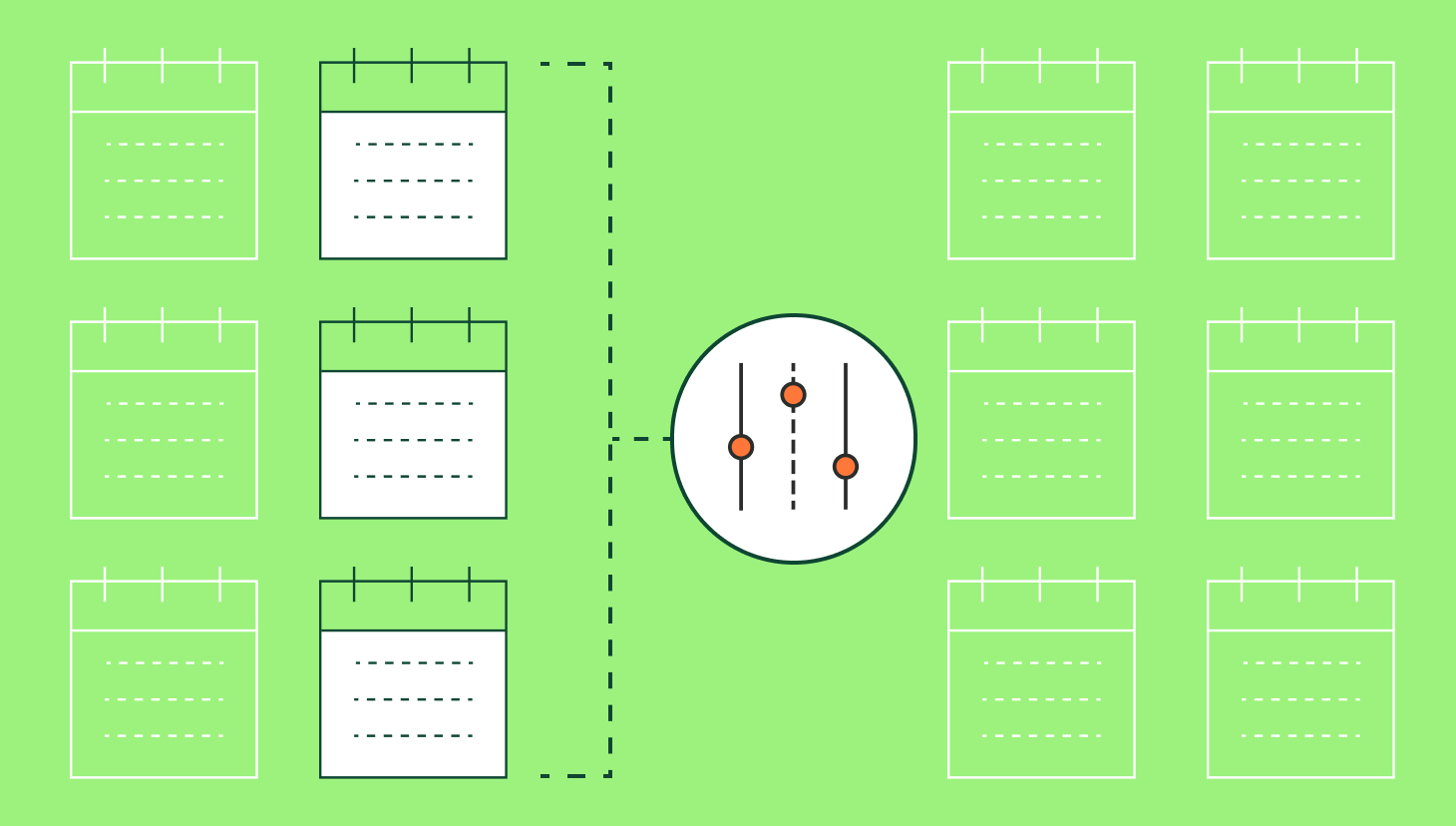Paying your employees on a commission basis is a complex operation, and it can sometimes be difficult to retain employees if the system isn’t working for them. If you don’t run an attractive system, it may also be more challenging to recruit the best candidates. For example, during new-hire ramp-up periods, most employees can’t be expected to earn much commission, which can put people off if they expect a certain standard of living.
When your products have long sales cycles — for example, on large construction projects — this could also pose a problem as your employees can wait a year or more for their commission earnings to kick in. Likewise, certain products backload deals later in the year. It can be difficult for employees to organize their finances if their commission payments occur primarily in three months of the year, with little to go around on the other nine.
In all of these cases, the solution could be moving to a payment system that involves a draw against commission.
Try the most collaborative solution to manage, track and payout variable compensation. Calculate commissions and pay your team accurately, and on time.
Start TrialWhat is a Draw Against Commission?
A draw against commission is a loan to an employee against future commissions that have not yet been earned. It’s typically used as an alternative to straight commission or salary-plus-commission-based payment schemes. A draw on commission works by either paying the employee recoverable or non-recoverable draws.
Recoverable Draws
When your employee is on a recoverable draw against commission scheme, a fixed amount is advanced to the employee to cover a specific period. If the employee earns more commission than has been paid, the employer pays them the difference. However, if the employee doesn’t make enough, they are expected to pay it back at a later date, usually in the next draw period.
Non-Recoverable Draws
Non-recoverable draws against commission are often paid to new sales employees for an initial fixed period. If their earned commission is higher than what they have drawn, the employer pays out the difference. However, if employees don’t make as much as they have drawn, they are not penalized. This acts as a guaranteed minimum income until the new employee has built their customer base or when their sales have long lead-in times.
We recommend offering this when your sales cycles are particularly long to offset the ramp-up period as well as the waiting game before their first deal finalizes.
Tips on Using Draws Against Commission
When using draws on commission, it’s essential to remember that there are state and federal laws governing its use. It would be good practice to hire a specialist employment lawyer or accountant (check the average salary of CPA) to ensure you comply. Here are some essential tips on what you should be aware of:
- Most commissioned roles still need to comply with minimum wage laws, so check that your organization meets these requirements.
- Many states have rules on commission-based employment that are stricter than federal ones. Therefore, if you have employees across multiple states, be aware that you will need to comply with each state’s laws.
- Remember to consider overtime wages. While some commissioned employees don’t qualify for overtime payments, many are. This often depends on if they work on external or internal sales.
Automate Your Draw Against Commission Process With Quotapath
When you pay people on a commission basis, it’s sometimes helpful to use a draw against commission process. This is often appropriate for new employees, where sales are seasonal or when sales have long lead-in times. It’s sometimes even a good idea to make the payments non-recoverable, particularly for new employees.
With QuotaPath’s commission tracking software, keep track of your employees’ commissions and what they’ve been paid and reconcile it all within one easy-to-use application. Simply input your CRM data, and the software does the rest. Remove blocks between Finance and Sales through QuotaPath’s sales compensation management software. Contact us today to schedule a demo.



